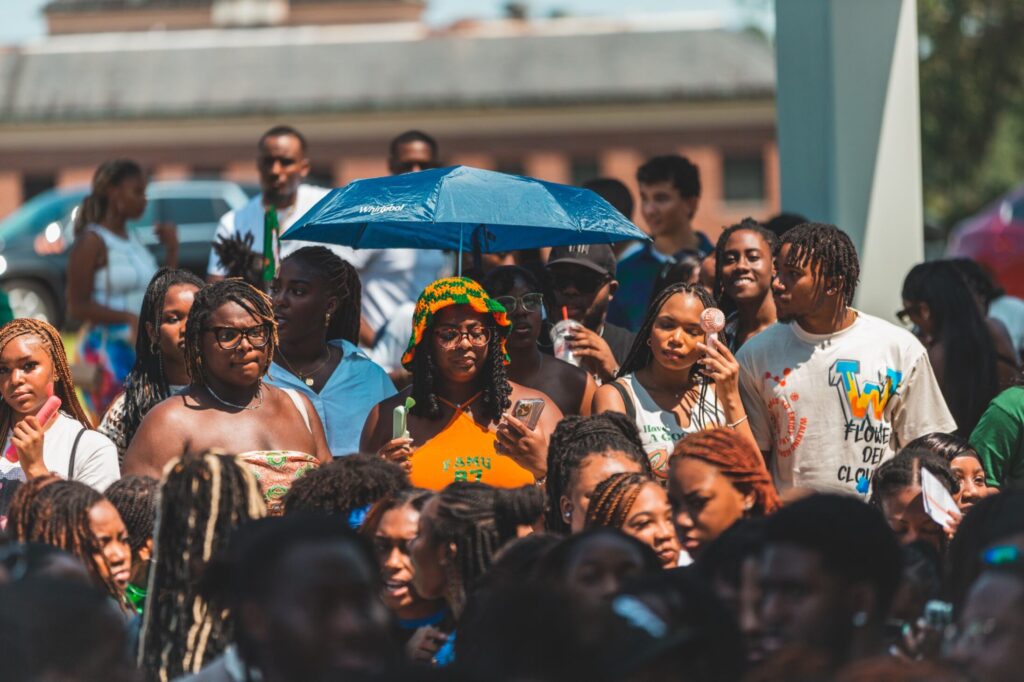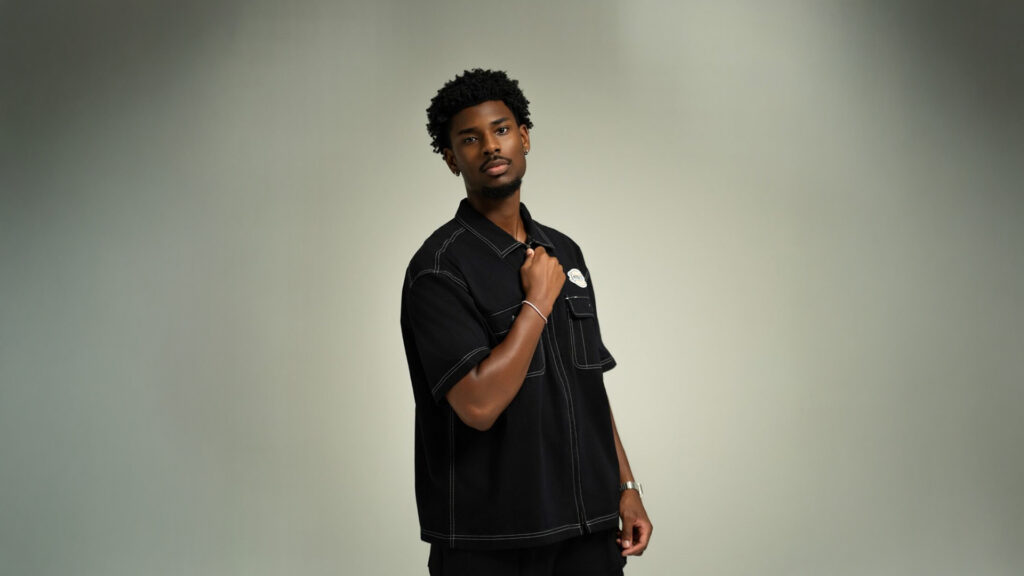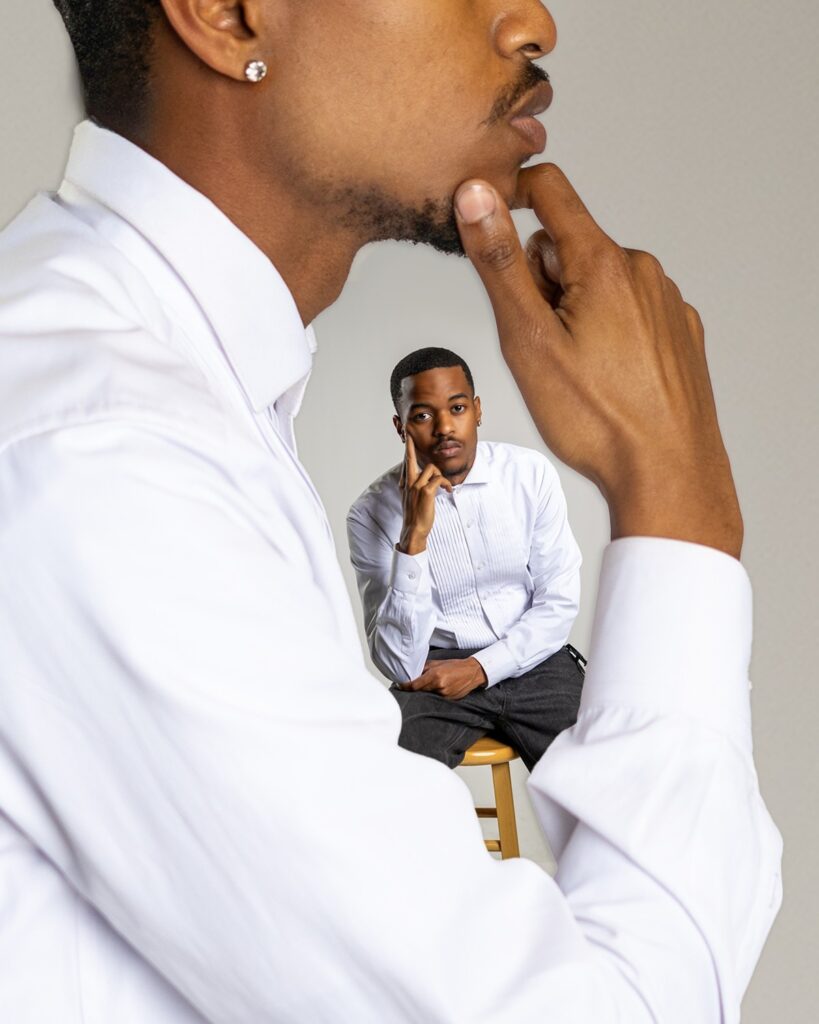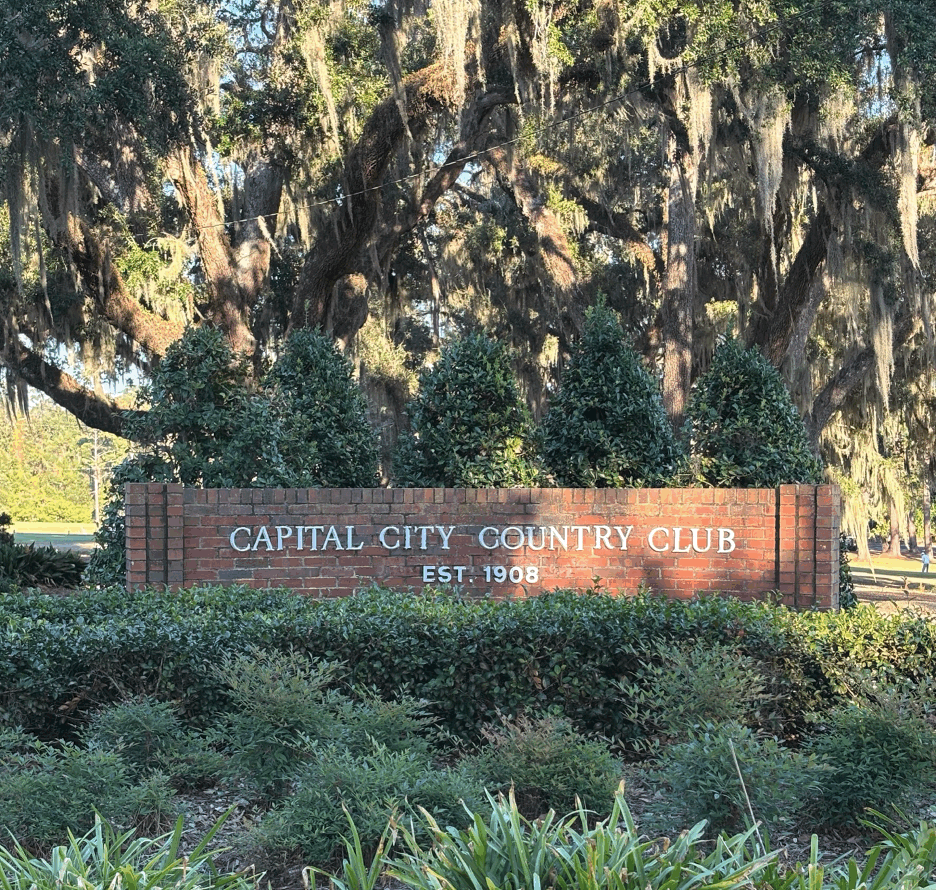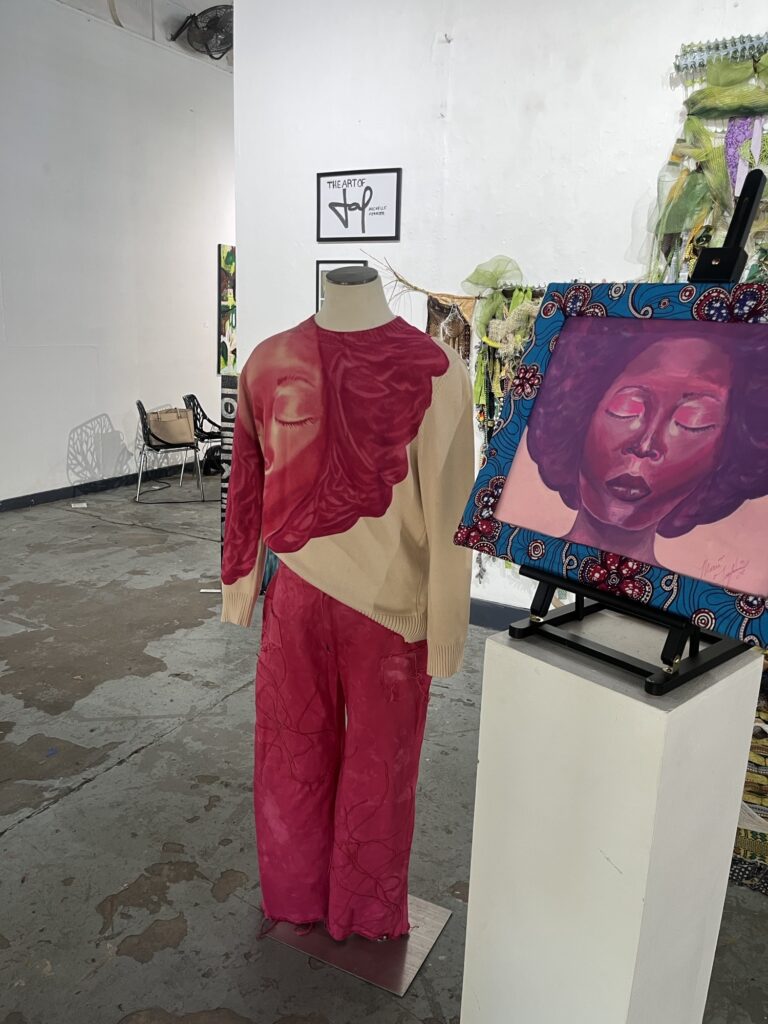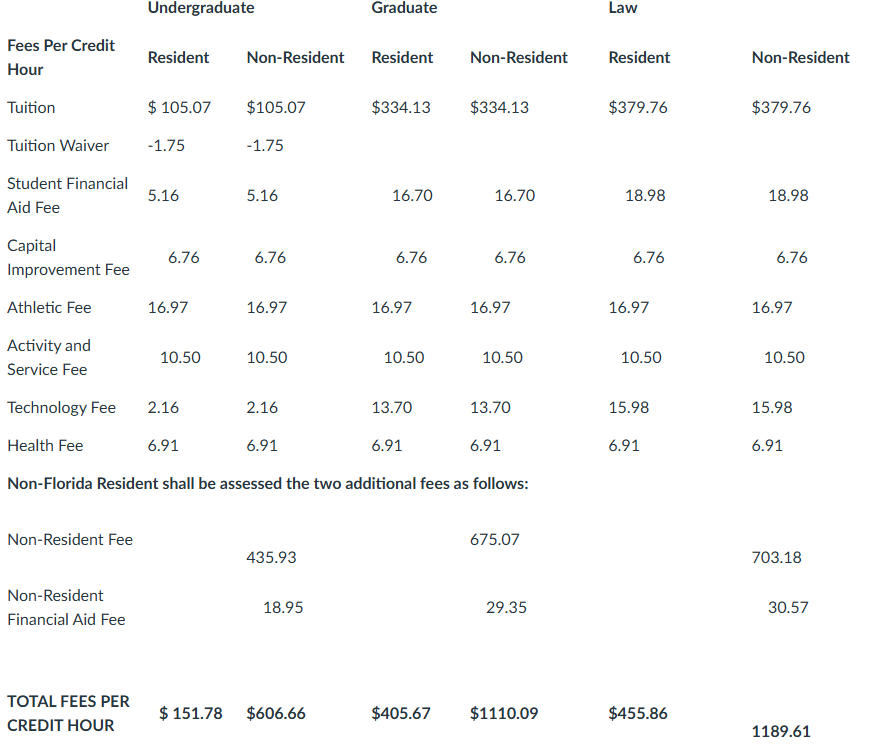There’s a narrative that there’s a greater financial advantage in attending a Predominantly White Institution over a Historically Black College/University.
A narrative that African-American students face the pivotal decision between their history, a sense of community and financial practicality. A narrative that Black students opt for PWIs over their HBCU counterparts, driven by the financial incentives that won’t leave them in debt.
Although many factors go into choosing the college of one’s choice, financial considerations dominate most, making the role of financial aid absolute.
When determining whether to attend a PWI or an HBCU, the accessibility and affordability of financial aid and scholarships should be considered, but it should also be personal.
Finding a Sense of Community & Support
Though she transferred from Florida A&M University to the University of Central Florida for financial gain, sophomore Laylaa Muhammad is experiencing a difference in connection at a PWI.
“I found that at an HBCU, there is more of a community, being around people who all look like you. You will always have that support,” Muhammad said. “PWIs are different because support isn’t just offered to you; you have to go find it.”
Many people say that college is where you discover who you are. FAMU executive director of undergraduate admissions, Hugh Durham, thinks people are starting to see the value of an HBCU education.
“Students are wanting to be in spaces where they feel supported,” Durham said. “They want to be in spaces where they can be unapologetically them without judgment.”
Discovering Financial Reality
According to Florida’s state university system, FAMU’s tuition and affordability are amongst the lowest. There hasn’t been an increase in tuition in several years. Tuition fluctuates depending on where a student is located, whether in or out of state.
According to Durham, FAMU’s tuition is often cheaper for out-of-state students than for students living in California, for example.
Sophomore Tai Johnson, a Louisiana resident, corroborates Durham’s statement. Johnson is a graphic design major who prioritized both affordability and the offer of her major when choosing a school.
“Tulane [University] offered my major, but was over $10,000 more expensive than FAMU per year,” Johnson said. “Though the school and its curriculum seemed great, I was more impressed by the fact that FAMU checked off both boxes, was an out-of-state school, and had the added benefit of being an HBCU.”
The idea that attending an HBCU may be financially burdensome compared to PWIs has been normalized on social media. Bethune-Cookman University alum and Director of Financial Aid Kevin McCrary counters that narrative.
“Though some HBCUs don’t have that backing, like state entities, a lot of them have big endowments which help them out a lot,” McCrary said. “Clark Atlanta, for example, just got a 100 million dollar donation, and that helps out a lot of students because they’re giving money for scholarships.”
There’s a stigma that HBCUs are underfunded in comparison to PWIs; one could assume that would affect admission and enrollment numbers, but at FAMU, that isn’t the case.
“Last year, we had so many students accepted, we formed a waiting list,” Durham said. “The best testament is seeing the number of students and student profiles that are choosing FAMU and other HBCUs over PWIs and some Ivy League institutions.”
Making the Right Decision
Deciding between a PWI and an HBCU is a personal, multifaceted decision for African-American students.
Students should prioritize factors beyond financial incentives because regardless of where one attends, it’s crucial to prioritize the supportive environment and cultural connection that will shape the college experience.
“Being an HBCU alum, I think that the HBCU experience is not comparable to a PWI,” McCrary said. “It’s a closer-knit family… Yeah, it’s nice to go to the big school, but it’s better to be loved at home.”

